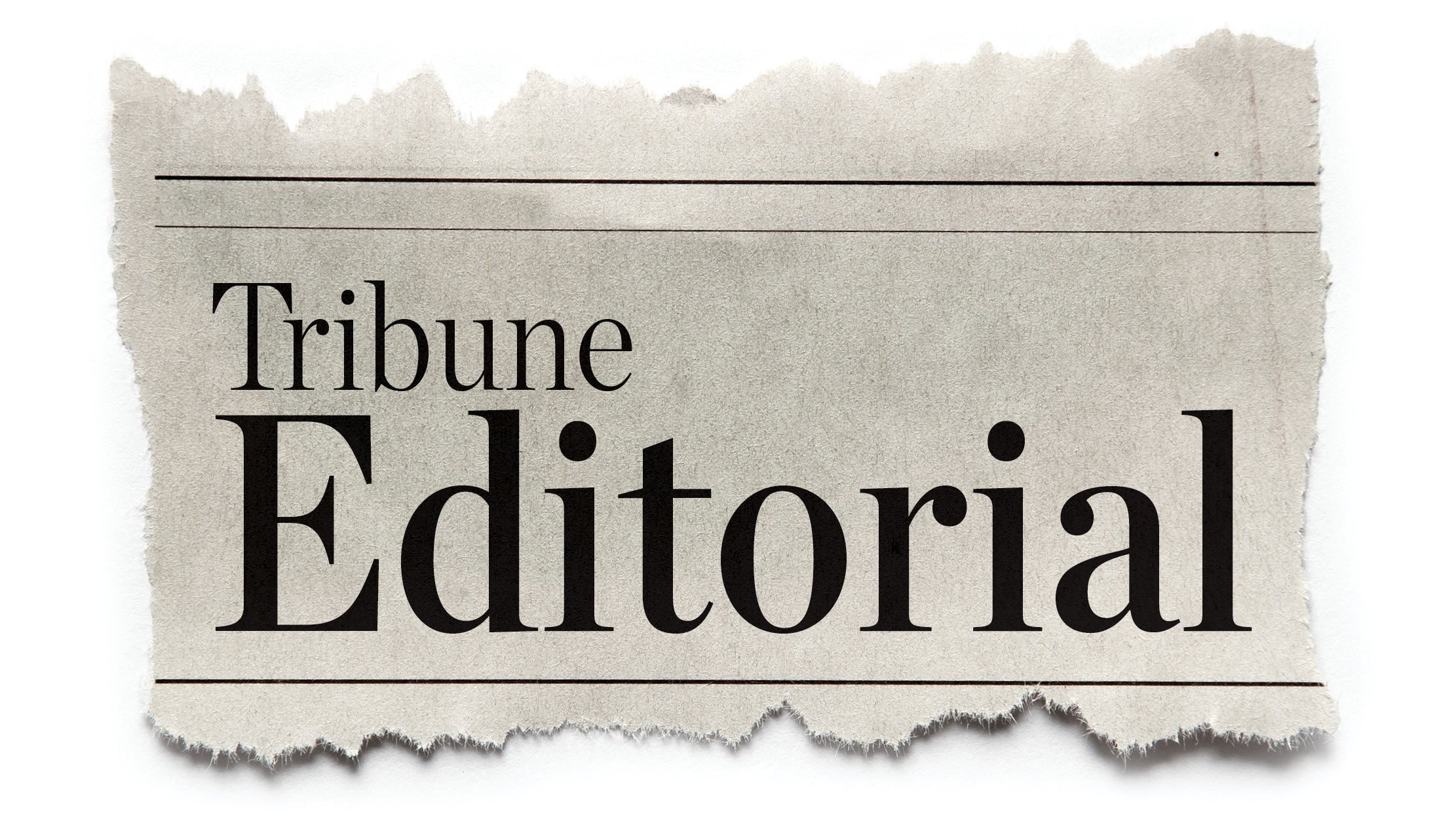Elections can be affordable
Published 12:00 am Sunday, September 29, 2013
Democracy will never come cheap but that doesn’t mean that it cannot be more affordable for taxpayers.
In recent years, elections have become very expensive. That has to be balanced with the concept of making voting accessible.
Many Ohio counties are looking at the changing way in which voters cast their ballots and making polling changes to save money.
Fairfield County eliminated 20 precincts in 2012 and may soon cut more. Madison County eliminated 16 precincts in 2011, going from 43 to 27; Delaware and Union counties also underwent smaller downsizing in recent years, according to a recent report in the Columbus Dispatch.
But nothing has changed here with Lawrence County’s 84 precincts. Politics seems to trump economics every time.
Licking County is the most recent, cutting 30 precincts and more than 20 polling locations. The move is expected to save about $20,000.
“Licking County will go from 125 precincts to 95, and consolidate 47 voting locations into 24 or 26 for the November election. … Seven precincts that served villages with fewer than 200 voters were consolidated into locations that now will serve a village/township split,” according to the Dispatch article.
County auditor Jason Stephens, who served as a county commissioner for years and saw first-hand how expensive elections can be, proposed changes in 2008 and again in 2011.
The concept wasn’t exactly embraced either time.
Stephens proposed combining small precincts throughout the county so that no precinct would have less than 500 registered voters in it, unless it was a sovereign entity such as the Village of Hanging Rock, Washington Township or a few others.
Many of the county’s precincts are simply tiny. When looking at actual voting numbers from last year’s election, the proof is in black and white.
In Aid No. 2, there are only 208 registered voters. Only 74 of them voted on Election Day. In Elizabeth No. 3, only 139 of the 452 registered voters cast a ballot in the booths.
In Ironton, where several precincts should be consolidated, it is not uncommon to have precincts where far fewer than 100 people vote at the polls each year.
The consolidation that Stephens proposed would have reduced the precincts in Lawrence County to 55. The state requires four poll workers for each precinct per election, so it costs between $500 and $700 to staff each one. Stephens’ plan would save the county roughly $20,000 per election.
Now, imagine if this had been done in 2009. It would have already saved $140,000 over the last four years if you include this year’s election.
When asked why this wasn’t acted on, Stephens said he was never given any legitimate reason.
But it doesn’t take a rocket scientist — or even a political one — to know that this reluctance is about politics and power.
Cutting precincts would eliminate positions on the Republican Central Committee and impact the Democrats as well. Since Ironton would stand to lose several precincts, some of the reluctance to change is likely tied to the fact that it is perceived that it would diminish Ironton’s voice, so to speak, in the local political machine.
The ironic part is that the last three Republican appointments have come from the eastern end of the county anyway. So, it may not even make a difference in the politics but certainly would on the financial side.
The idea that it would greatly reduce voter access or create long lines at the polls simply isn’t true.
More than 30 percent of Ohio voters submitted absentee ballots in last November’s general election. That number was slightly lower in Lawrence County but absentees still accounted for roughly a quarter of the votes cast.
This is likely to continue to increase as absentee laws have been loosened in recent years.
Our democracy is built upon the idea of citizens casting their votes, and we must make that process as simple as possible.
But, democracy doesn’t have to waste money or be so expensive that it ends up hurting those it was designed to serve.
Michael Caldwell is publisher of The Tribune. To reach him, call (740) 532-1445 ext. 24 or by e-mail at mike.caldwell@irontontribune.com. Follow him on Twitter: @MikeCaldwell_IT.





